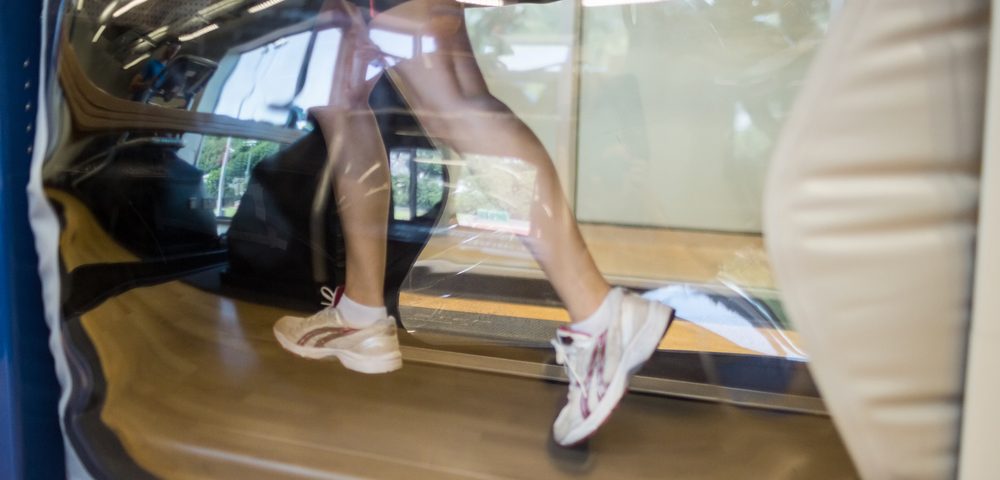The submaximal treadmill test — also known as the stress test — is not optimal for daily clinical use to evaluate physical function and cardiorespiratory fitness in juvenile idiopathic arthritis patients, a study suggests.
The study, “Measurement properties and performance of an eight-minute submaximal treadmill test in patients with juvenile idiopathic arthritis: a controlled study,” was published in Pediatric Rheumatology.
Used to assess a person’s cardiovascular health, submaximal treadmill tests (those that do not require the subject to work to exhaustion) monitor and record heart rate, breathing rate, blood pressure, cardiac electrical activity, and perceived exertion.
Evidence indicates that people with juvenile idiopathic (of unknown cause) arthritis have poorer cardiovascular health, as measured by both maximal (meaning until exhaustion) and submaximal exercise tests. However, there’s no submaximal treadmill test with acceptable measurement properties for clinical and research purposes in this patient population.
Therefore, researchers from the University of Oslo, in Norway, evaluated the criterion validity and reliability of a submaximal treadmill test for patients with juvenile idiopathic arthritis, while examining if the performance of the test can be influenced by disease characteristics.
Fifty-nine patients (nine boys and 50 girls; 10–16 years) were recruited. Thirty of them had oligoarticular (meaning less than five joints are affected), and 29 had polyarticular juvenile idiopathic arthritis. The study sample was compared with 59 age- and sex-matched controls.
Both groups had to perform an eight-minute submaximal treadmill test, so that the researchers could estimate the subjects’ peak oxygen uptake. After that, the participants were asked to perform a maximal treadmill test that measures peak oxygen uptake directly.
During the submaximal treadmill test, the subjects walked with no incline at a speed between 3.2–7.2 km/h for four minutes, and then continued to walk at the same speed for four minutes with a 5% incline.
No significant differences were found between patients and controls for any variables from the maximal treadmill test. The submaximal treadmill test revealed that heart rate measurements and the participants’ personally rated exertion during and immediately after the walking challenge were indicative of submaximal performance for both patients and controls.
Around 75% of the study sample and 70% of the control group reached the target heart rate (70% of predicted heart rate peak) during the submaximal challenge.
No differences were found between the observed and estimated peak oxygen uptake (the highest oxygen uptake value attained on a particular effort test) for both study groups. In addition, criterion validity was acceptable at the group level but not at the individual level in the juvenile idiopathic arthritis sample.
Performance and estimated peak oxygen uptake during the submaximal treadmill test were unassociated with disease variables and comparable between study groups, which could be due to current multidisciplinary management of juvenile arthritis.
“Our results support that the submaximal treadmill test is valid and reliable for research purposes (on the group level), but not optimal to estimate (peak oxygen uptake) in individual patients,” the researchers concluded.

